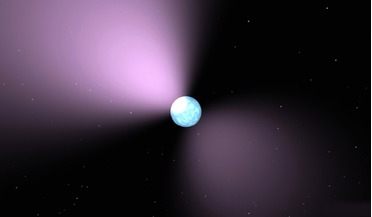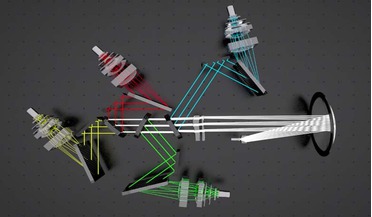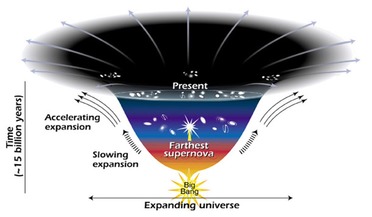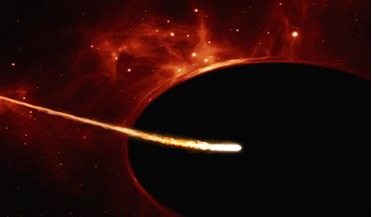 September 2017
Telescope targets enigmatic deep space mystery
September 2017
Telescope targets enigmatic deep space mystery
... signal due to electrons in the cosmic medium is analogous to white light being dispersed by a prism into the colours of the...relatively rare explosive collisions between old neutron stars or white dwarfs, or they are more common, periodic outbursts or...
 April 2019
Scanning the skies for exoplanets
April 2019
Scanning the skies for exoplanets
... streaking through the skies at the same time, such as asteroids, comets, eclipsing binaries, flare stars and white dwarf stars. The mission’s sensitive cameras have, for example, already captured 100 short-lived changes; six...
 19 May 2016
Astronomers find a group of stars dying too early
19 May 2016
Astronomers find a group of stars dying too early
... will become a planetary nebula after being a red giant, and shortly afterwards (in astronomical terms) will emerge as a white dwarf, whereby nuclear reactions in its core will cease. "Globular clusters are some of the oldest objects in the...
 24 October 2016
New research questions the rate at which the Universe is expanding
24 October 2016
New research questions the rate at which the Universe is expanding
... star known as a Type 1a supernova. Type 1as involve two stars, one of which is a white dwarf – the one that will explode - and because the white dwarf can only accrete a certain amount of mass before it explodes, its brightness will...
 24 February 2017
Researchers find a new type of X-ray transient
24 February 2017
Researchers find a new type of X-ray transient
... bursts, that can generally be attributed to accretion processes onto objects such as neutron stars, black holes and white dwarfs. Nonetheless there are still a number of emerging classes of exotic X-ray transients whose nature and driving mechanisms...
 March 2017
Planetary nebulae may hold clue in search of helium-3
March 2017
Planetary nebulae may hold clue in search of helium-3
... of low- and intermediate-mass stars, where the extensive mass lost by the star is ionised by the emerging white dwarf. During this stage, the ejected envelopes of the star often create stunning and complex nebula that...